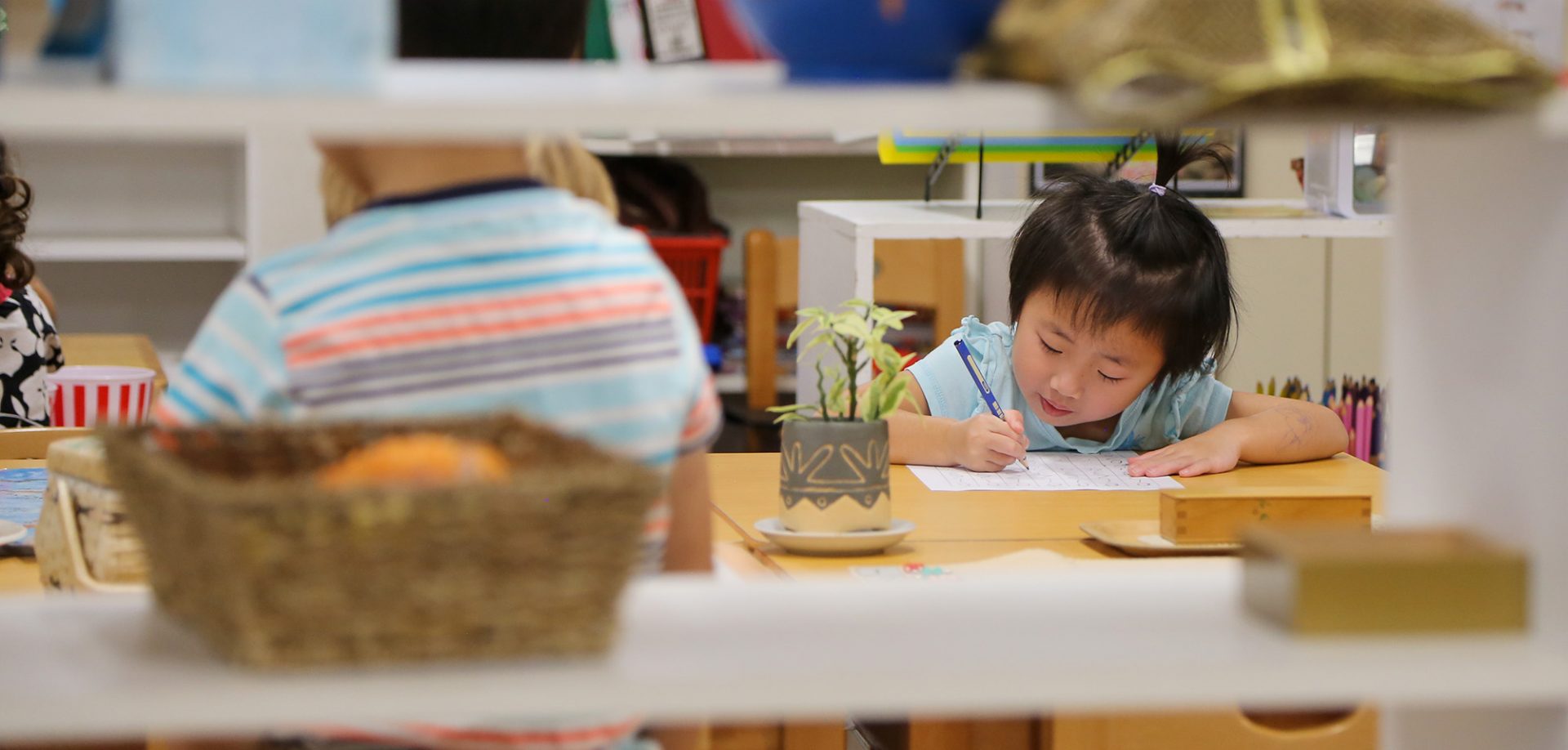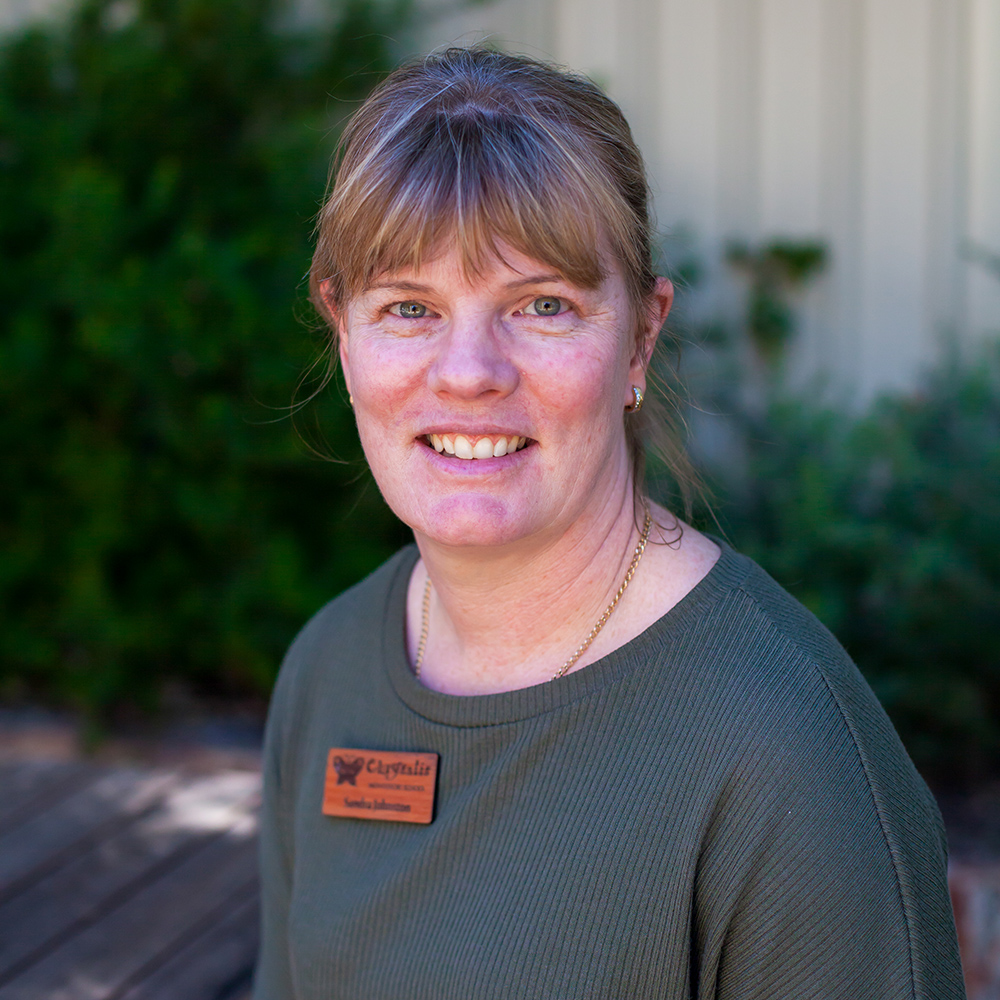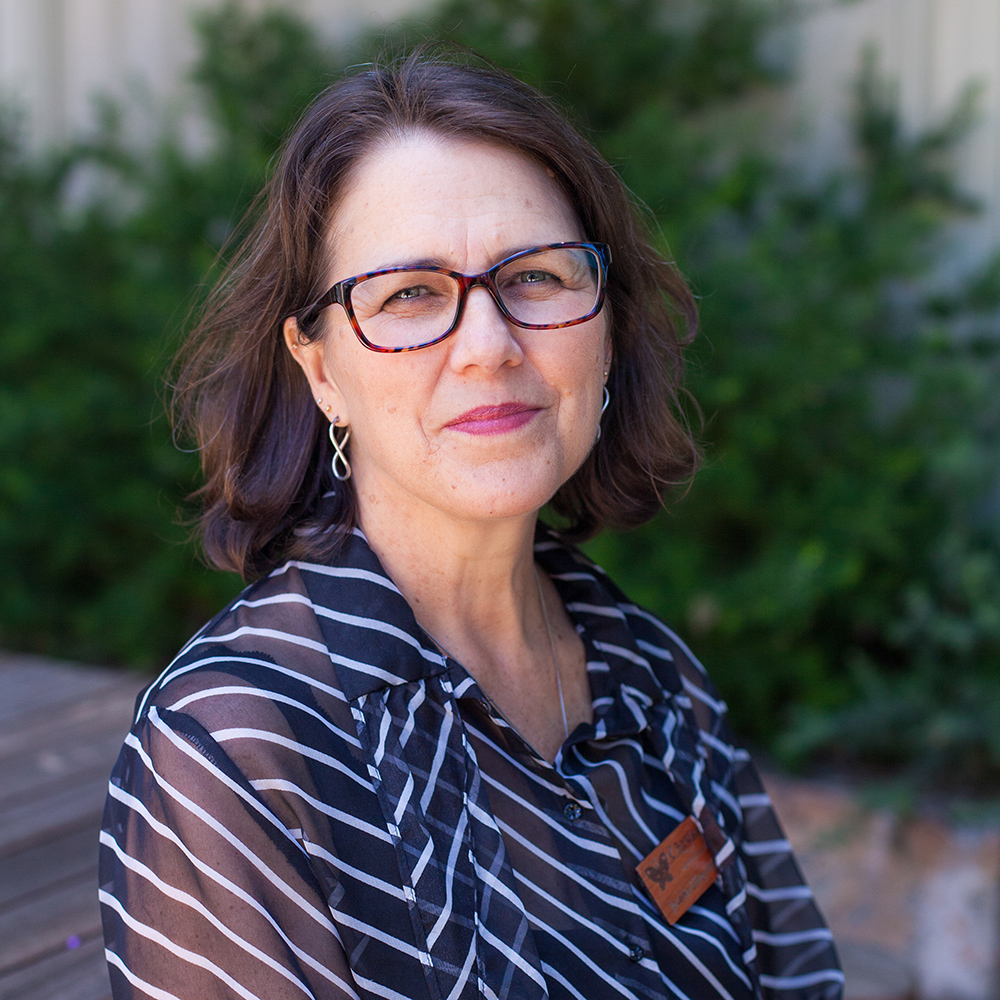We have two Children’s House classes. Our Skippers class takes its name from the skipper butterflies. There are more than 3500 recognised species of skipper butterflies worldwide.

The Triangles class takes its name from the triangle family of butterflies. They are widespread throughout the world.

‘We encourage each child to become an independent learner, to be able to make choices, have opinions, help others, and to feel empowered to follow their passions in a respectful classroom environment.” – The Chrysalis Children’s House teaching philosophy
The Montessori environment prepared for the children aged three to six years of age is called the Children’s House. This comes from a translation of the name of Maria Montessori’s original classroom ‘Casa dei Bambini’ in Rome, Italy. The Children’s Houses at Chrysalis are welcoming, aesthetically pleasing, orderly little communities. Children learn skills they can apply at home and in the wider community such as cooperation, collaboration, and mentorship. The staff are known as Directors, rather than teachers, because Dr Montessori regarded the children themselves as teachers, and the adults as the guides or facilitators.
The ordered Children’s House environment provides structure, routine, and predictability, and helps children orient themselves to the physical environment and to the social world. There is a strong emphasis on children developing the independence, coordination and skills for daily living that enable each child to become a valued and independent member of the Children’s House community.
The resources, jobs, and activities in the Children’s House are designed to:
- develop coordination of movement
- develop independence
- develop the ability to make informed choices
- encourage and promote deep concentration
- refine the use of the senses
- encourage exploration
- promote social skills
- develop verbal communication skills
- provide the foundations of joyful reading
- develop an understanding of mathematical concepts.
The young child is engaged in a process of self-construction. The application of the Montessori philosophy and the specifically designed Montessori equipment and materials aid the child’s ability to absorb knowledge and continue this path of self-construction and independence. Freedom of choice is a central feature of the Children’s House environment, with each child learning that this ‘free choice’ carries responsibilities and consequences – understandings that become increasingly important as they move through the later school years towards adult life.
The teacher to child ratios are carefully planned in the Children’s Houses so there is enough support for the children, but not too much interference from adults in the children’s activity. Children are encouraged to be self-reliant, or to solve problems with their peers with as little adult intervention as possible, to help them develop self-assurance and self-esteem.
Nature Play: In addition to the indoor environment, the outdoor space includes trees, gardens, a sandpit, and nature-based play equipment. Activities in the outdoor environment include the loose play area, flying fox, and water pump. Walks around the nearby Glendalough Open Space ensure contact with the natural world, a connection with the Cultural curriculum, as well as reinforcement of the school’s sustainability policy. Direct contact with nature helps children to develop an appreciation of the natural world and an awareness of its importance to the wellbeing of all living things, including themselves, as well begins the understanding of the important role humans have in caring for the natural environment.
The Montessori Curriculum in the classroom is arranged into five distinct areas: Practical Life, Sensorial, Language, Mathematics, and Culture.
Practical Life
“The human hand allows the mind to reveal itself.” – M. Montessori
The Montessori Practical Life Curriculum encompasses four main areas: Control of Movement, Care of Person, Care of Environment, and Grace and Courtesy. It incorporates exercises and activities that children observe in everyday life, which develop their independence, concentration, and fine motor skills. Typical Practical Life activities include transferring objects and materials, food preparation, lessons in grace and courtesy, and cleaning. Many of these ‘jobs’ are an indirect preparation for the act of writing.
Sensorial
“Nothing comes to the intellect that is not first in the senses.” – M. Montessori
Sensorial activities teach children to refine their senses of sight, touch, sound, smell, and taste so that they are able to organise and incorporate sensory impressions into their understanding of the world. Through sensorial materials, children learn about similarity and difference, dimensions, colours and shapes, and distinguish between smells, taste and sound. Sensorial work also prepares children for mathematics, language, and geometry by teaching children how to classify and sort, as well as for the foundation for musical, scientific, and cultural studies.
Example Sensorial materials and activities in the classroom include the Pink Tower, the Broad Stair, the Binomial Cube, the Cylinder Blocks, and the Red Rods.
Language
“The development of language is part of the development of the personality, for words are the natural means of expressing thoughts and establishing understanding between people.” – M. Montessori
There is an emphasis on spoken language as the foundation for all linguistic expression in the Children’s House. The Language curriculum is phonetic in nature and utilises activities and powerful teaching tools to help children learn to decode phonetic words, high frequency or sight words, diphthongs, and dipgraphs. Writing and eventually, reading are often learned spontaneously. Language work extends to science and cultural studies, led by the child’s curiosity.
Example Language materials and activities in the classroom include Sandpaper Letters, the Moveable Alphabet, Metal Insets, and the Three Part Cards.
Mathematics
Montessori mathematical materials allow the child, as a sensorial explorer, to begin their journey from the concrete to the abstract through manipulation, repetition, and exploration. Through concrete materials the child learns to add, subtract, multiply, and divide, to understand the decimal system and to gradually grasp many abstract mathematical concepts with ease and joy.
Example mathematical materials and activities in the classroom include Numerals and Counters, Short Bead Chains, the Teens Board, and the Hundreds Board.
Culture
The Montessori Children’s House has materials, activities, and exercises that introduce children to music, physical education, science, geography, botany, zoology, cooks, arts and crafts, and history. French is a specialist subject where children are immersed in the language through literature, games, puppetry, and songs. The children work with globes, maps, land and water forms, and collections of pictures of life in different cultures and countries of the world.
Example cultural materials and activities in the classroom include Continent Boxes, Life Cycle Puzzles and activities, the Map Cabinet.


